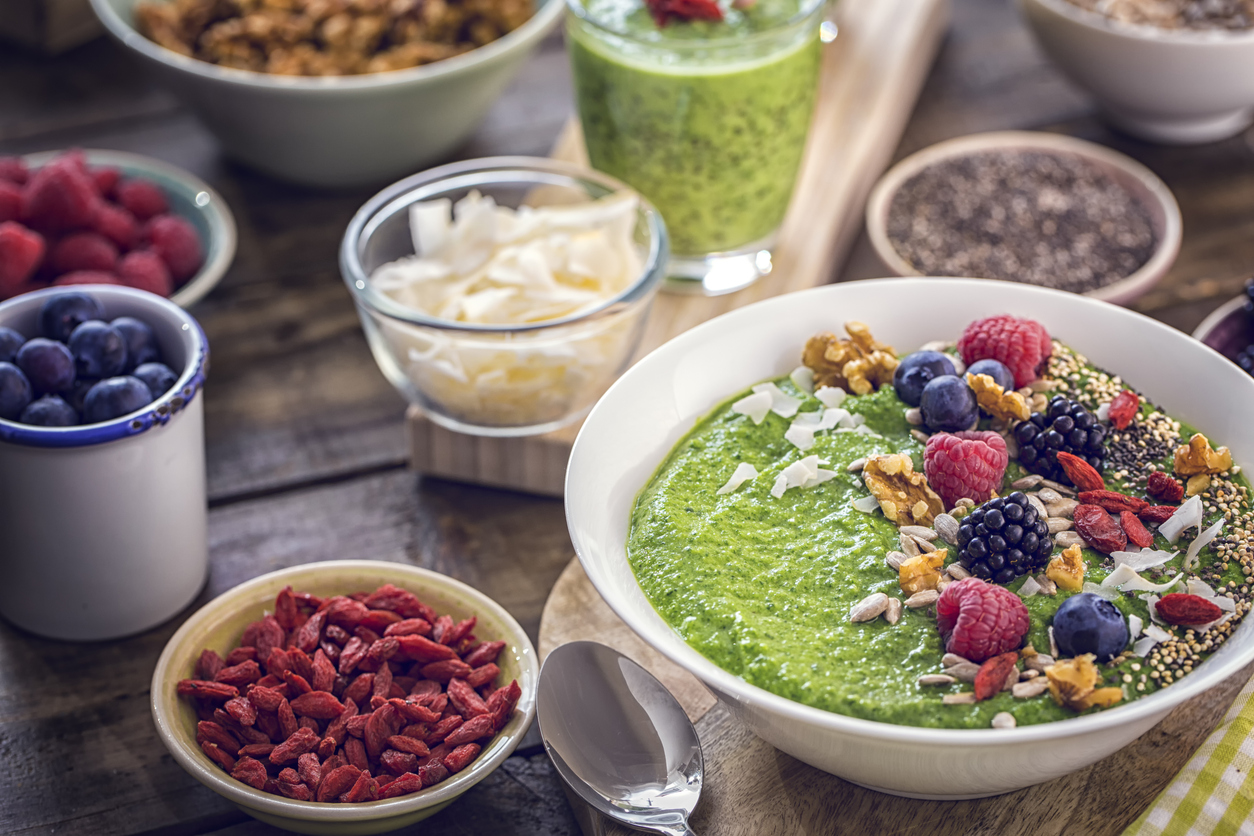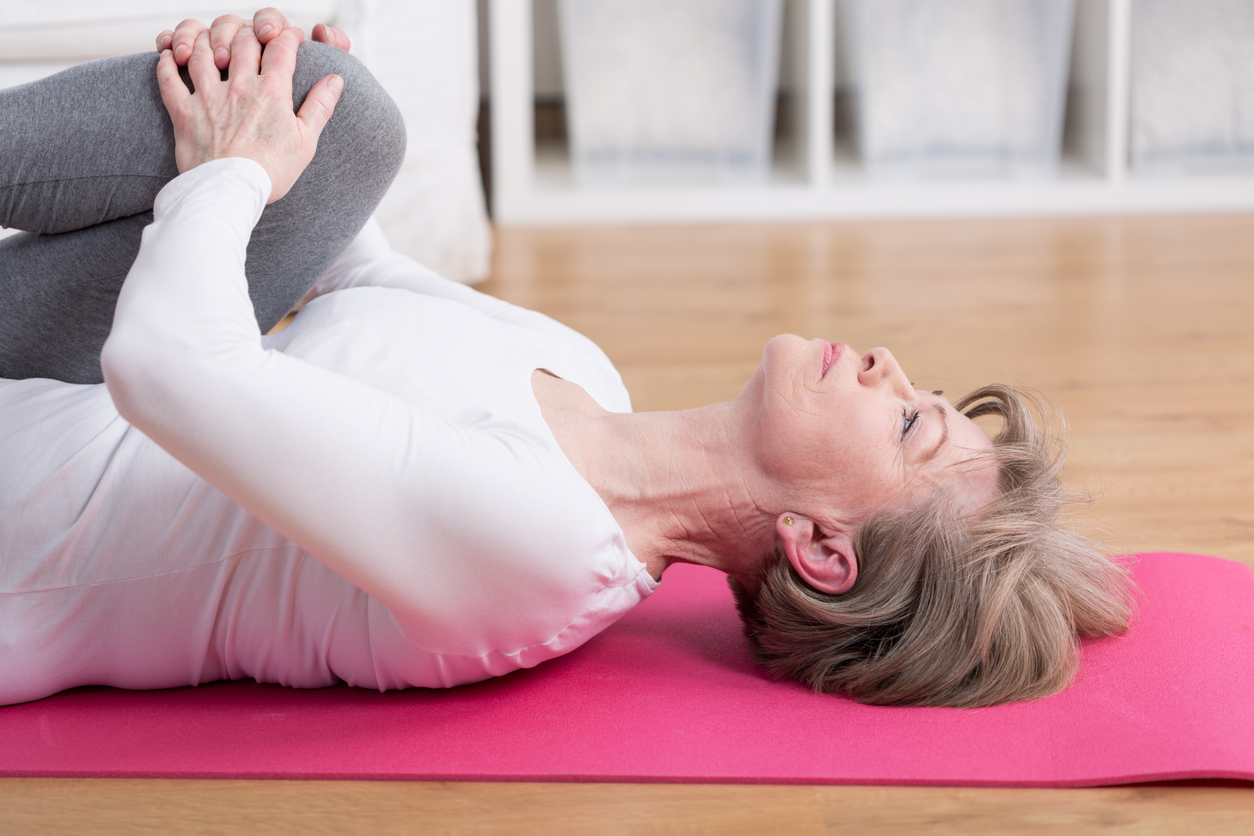Morning workouts aren’t for everyone, but for those people who love them (or for those who just think it’s better to get exercise over with early in the day), the dilemma often arises as to whether or not to eat before working out.
The answer to this question is usually YES, you should eat something light before your morning workout, BUT the answer also depends on several factors. Whether you need to eat and, if so, what you should eat, depends on whether your goal is weight loss and fat burning or exercise progress and performance. It also depends on the type of exercise, how long and how hard you’ll be working out, what your fitness goals are, what you as an individual can tolerate in terms of food intake, whether you are a man or a woman and how old you are. As you can see, this is not a straightforward equation, and this is why there is a lot of contradictory information doing the rounds.
First, let’s answer the question that I think most people want answered: Does exercising in the morning on an empty stomach burn more fat?
It has been shown that the body burns a higher proportion of fat compared to carbohydrates during low-intensity exercise. So, this – in combination with the fact that you have low or depleted glycogen stores in the morning – means it is now accepted that if you want to burn fat you should get your walking shoes on and go for a walk before breakfast. However, this is all something of a myth that is worth dispelling.
The body’s main source of energy during exercise is carbohydrates because they are the easiest to convert to energy. The body can store some carbohydrates in muscles and the liver in the form of glycogen. During the night, glycogen stores are broken down to maintain blood sugar levels and provide energy for the brain and nervous system. When we wake up, our glycogen stores are either low or depleted, depending on how much we ate the night before. When the stores run out, the body has to find another way to supply the brain, nervous system and muscles with energy. What happens then is that the body’s fat and, to some extent, muscle mass is broken down and converted into energy instead.
It is true that more fat is burned relative to carbohydrates at a lower rate than during more intensive exercise, and that more fat is burned when carbohydrates are not available. However, the rate at which you burn fat is lower than the rate at which you burn carbohydrates, which means that when your glycogen stores run out and your body is forced to slow down to a lower rate of energy exchange, the intensity of your effort drops.
So, while exercising on an empty stomach will result in slightly more fat being burned, it does not appear to be beneficial in the long run. Think about it – if you are listless, tired and have low blood sugar, you won’t be able to exercise to your full potential and you won’t be able to perform an effective workout. Ultimately, it’s about how hard you exercise and how long you can keep at it. Because your body burns more overall when you exercise more vigorously, you’ll burn more fat calories if you can walk at a brisker pace and you walk further because you had a snack before your morning walk than you could on an empty stomach. As well as enabling you to walk more briskly, studies have also shown that those who eat something light before exercising in the morning eat less overall during the day than those who exercise on an empty stomach. By eating something light, you will be able to control your food intake more for the rest of the day. It has also been shown that the more carbohydrates you burn during a workout, and the higher the intensity of the workout, the more fat you burn afterwards.
The bottom line is that you should distinguish between the energy source that is being used at any given time and how much energy you burn in total during the day. Any exercise you actually do is good exercise – so, as long as you feel that you have a spring in your step and don’t feel sluggish, you can – of course – go out for a walk on an empty stomach. However, you should know that working out on an empty stomach does not necessarily lead to increased fat burning. This is not to say that prolonged fasting doesn’t provide other health benefits – such as increased insulin sensitivity (more on this in the future).

What you can have before a morning walk:
✅ A piece of fruit
✅ A glass of milk
✅ A smoothie made with banana, milk and coffee
✅ A smoothie made with fruit/berries, milk and protein powder
✅ Low-fat yoghurt with berries
✅ Coffee with milk
✅ A boiled egg with a piece of fruit
How much you can tolerate without experiencing gastrointestinal discomfort is highly individual – so experiment and see what works for you! Time and quantity are opposing forces – the closer you are to an activity, the less you will be able to eat to avoid discomfort, and the less you should eat.
Now on to what recommendations there are about what you should eat before a workout based on intensity to provide as little gastrointestinal discomfort as possible, and to provide the body with the best possible energy to complete the workout and optimise recovery.

How intense is your workout?
Ask yourself what kind of activity you are going to perform. Consider the intensity of the workout and whether or not you are using weights.
If the answer to this question is a high-intensity workout such as strength training, circuit training or any other form of performance-based workout, you should always eat something before your workout. When strength training, you want to have the energy and power to lift and perform all the sets and repetitions with good form. You may risk burning hard-earned muscle if you do this in a fasted state. Eating before your morning workout of these types of exercise has been shown to increase performance.
The American College of Sport Medicine recommends that ‘Adequate food and fluid should be consumed before, during, and after exercise to help maintain blood glucose concentration during exercise, maximize exercise performance, and improve recovery time.’
High-intensity exercise and weight training burn more carbohydrates than fat for fuel. It’s a balancing act to give your body enough energy to push through your workout and get the maximum benefit, while avoiding overeating, which can lead to stomach cramps, indigestion and a lack of energy. This is because your blood then focuses on your stomach so it can digest the food, and less oxygen is pumped around your body.
You achieve this balance by eating a simple meal with a relatively high carbohydrate content to maintain blood glucose levels and maximise glycogen storage, a relatively low fat and fibre content to facilitate gastric emptying and minimise gastrointestinal discomfort, and a moderate amount of protein to reduce muscle breakdown and stimulate muscle building.
Liquid food is often better tolerated than solid food the closer to an activity it is ingested, as part of the effort of breaking down the food has already been done. Why not kill two birds with one stone with an easy-to-digest coffee smoothie that provides an energy boost from the caffeine, and adds energy in the form of glucose for your muscles and protein to minimise muscle breakdown and instead stimulate rebuilding?
- Any milk mixed with protein powder and a shot of expresso
- Toast with a little nut butter
- Fruit (whole fruit rather than fruit juice to provide fibre and slow down the rate at which energy is portioned out to the muscles) with cottage cheese
- Nut butter with fruit
- Yoghurt/quark with berries
Muscle helps you to burn fat, so if your long-term goal is to burn fat, it’s a good idea to eat a light snack before your strength training session.
The next level is moderate-intensity, and this is probably the most common intensity for morning workouts. In this category, you use light or no weights and instead put greater demands on your cardiovascular system, resulting in an increased breathing rate with little strain on your muscles. This could even be a relatively intense running session, a TRX session or kickboxing.
During moderate-intensity activities, the use of carbohydrates versus fat as an energy source is more balanced. Your body’s preferred fuel will depend on your typical eating habits and how fit you are.
If you’re doing moderate-intensity training, I suggest you eat something light. Eat a couple of chunks of banana or a few bites of an apple, or drink a few sips of milk. Personally, I opt for a spoonful of peanut butter, which provides some carbohydrates and protein as well as a decent amount of fat. See how hungry you are, then experiment and see how you feel. If you’re hungry – eat more! If you feel dizzy during or after your workout – it’s a sign that you need more fuel.
For low-intensity workouts such as yoga, Pilates or a gentle morning walk or jog, go by how hungry you feel before you start. If you’re hungry – eat something small. Keep it simple (see the examples of what you can eat in the section about burning fat on an empty stomach)! Bear in mind that you won’t necessarily burn more fat if you exercise on an empty stomach, so fill up with the amount of energy that you are most comfortable with, and that you know you will sustain you throughout your activity. If you don’t feel hungry when you wake up, or you’re used to exercising on an empty stomach and feel that your blood sugar is stable – a light morning workout won’t hurt you. You probably have enough protein and carbohydrates in your system from the night before, assuming you had dinner.
Experiment, listen to your body and make adjustments accordingly – you know your body and how it responds better than anyone. Eat smart and exercise smarter!
Sources Annerstedt, C. & Gjerset, A. (1997). Idrottens träningslära [The theory of sports training]. SISU Idrottsböcker, Burke, L. (2007). Practical Sports Nutrition [The theory of sports training]. Human Kinetics, The American College of Sport Medicine, National Institute of Health, Int J Sport Nutr Exerc Metab. 2011 Feb;21(1):48-54. Exercising fasting or fed to enhance fat loss? Influence of food intake on respiratory ratio and excess postexercise oxygen consumption after a bout of endurance training.” Paoli A(1), Marcolin G, Zonin F, Neri M, Sivieri A, Pacelli QF.
By Frida Rökaas